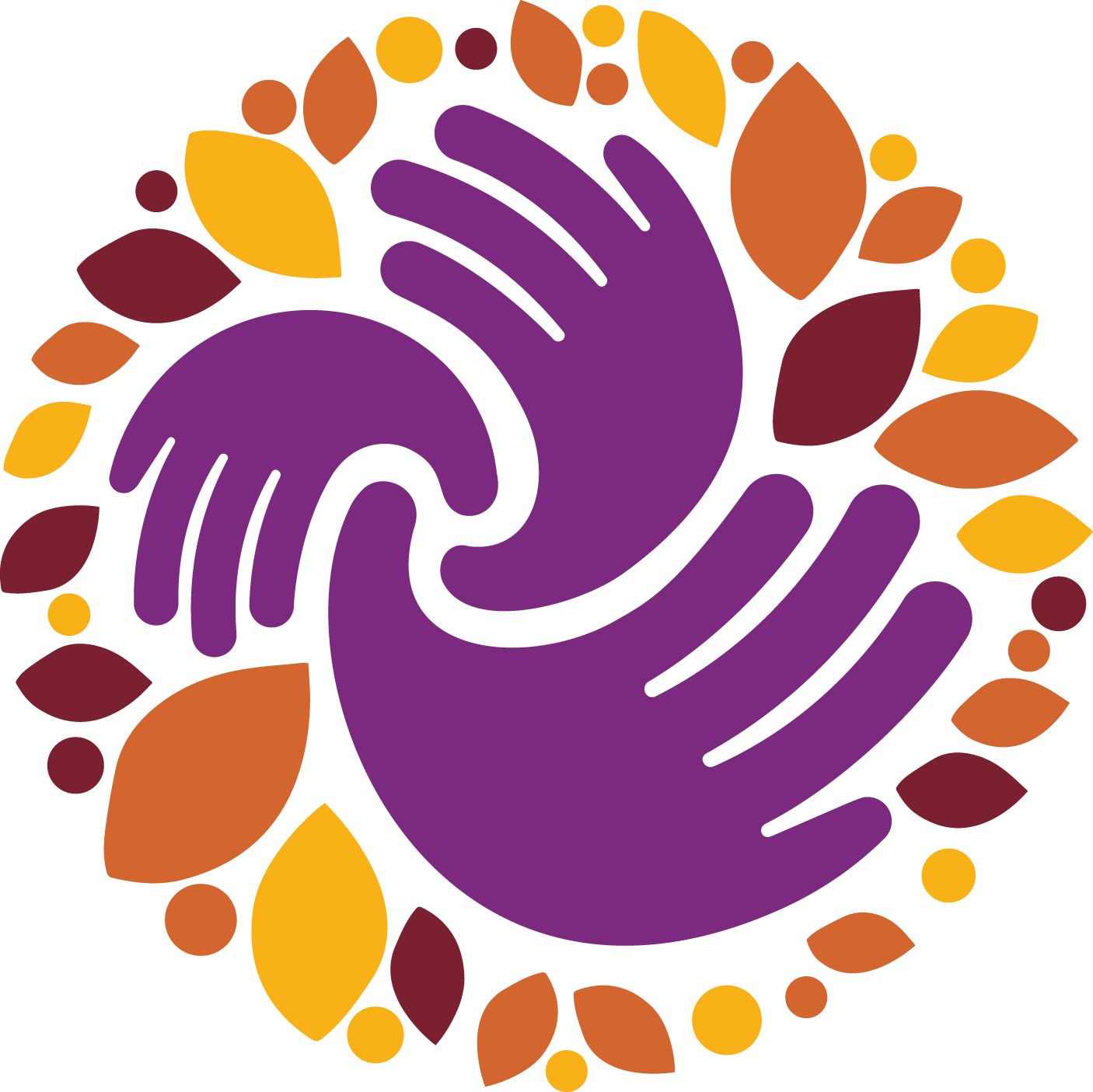Frequently Asked Questions
About Trafficking and Exploitation
-
Yes. Nova Scotia has the highest rates of police-reported Human Trafficking in Canada. In 2022, Nova Scotia reported 4.5 incidents per 100,000 population. The national average is 1.4 per 100,000.
-
CSEC stands for Commercial Sexual Exploitation of Children. It is defined as anysexual activity involving a child under the age of 18 where there has been an exchange of money (or something of value) with the child or another person or persons. Human Trafficking is one form of CSEC; commercial child pornography, “sugaring”, and trading sexual acts for basic needs like rent or transportation are other forms. CSEC occurs when anyone under the age of 18 is treated like a commercial sexual object, and is considered a form of sexual violence and abuse against children.
-
There are a variety of "Pathways to Entry” that youth may take to end up in the sex trade. Most commonly, youth are trafficked by people they already know and have a relationship with. Traffickers engage in a methodical strategy of luring, grooming, and recruiting youth under the guise of either a romantic relationship, friendship or replacement parental role to manipulate and coerce them into participating in the sex trade. This process can begin online or in-person and can take anywhere from a few weeks to a few months. Early identification in the luring and grooming stages is key to successful prevention and intervention.
-
All youth are at-risk for trafficking or sexual exploitation, however certain things, like gender identity, race/ethnicity, a history or childhood sexual abuse, family dynamic, community isolation, homelessness and poverty put some youth and young adults at greater risk for trafficking or exploitation. Traffickers and sexual exploiters seek out vulnerable youth that are lacking basic needs, a sense of community, and love/attention and begin filling these needs to create dependency.
-
Red flags to indicate that youth may be involved in the sex trade can include things like: being in possession of luxury material items (purses, shoes, clothing, second cell phone) without the financial means to purchase those things on their own; frequent out of town trips to Moncton, Montreal or Toronto with a romantic partner or friend; sudden and unexplained withdrawal from friends, family and loved activities; an unexplained tattoo or brand that the youth is reluctant to talk about. You can find a thorough list of things to look out for on this page.
-
There is no criminal profile of who a trafficker or exploiter could be. They could be any race, gender or age. More important than appearance, is the behaviour of an individual. Parents and caregivers should be wary about anyone new in a youth’s life who is: very controlling of a youth’s time and movements; isolating them from their family, friends or community; excessively loving, attentive, and generous with expensive gifts or trips over a short period of time; secretive about the relationship. You can read more about perpetrators of CSEC here.
-
Reach out for help and talk it through with a professional who can assist in determining whether or not this is happening to your youth!

